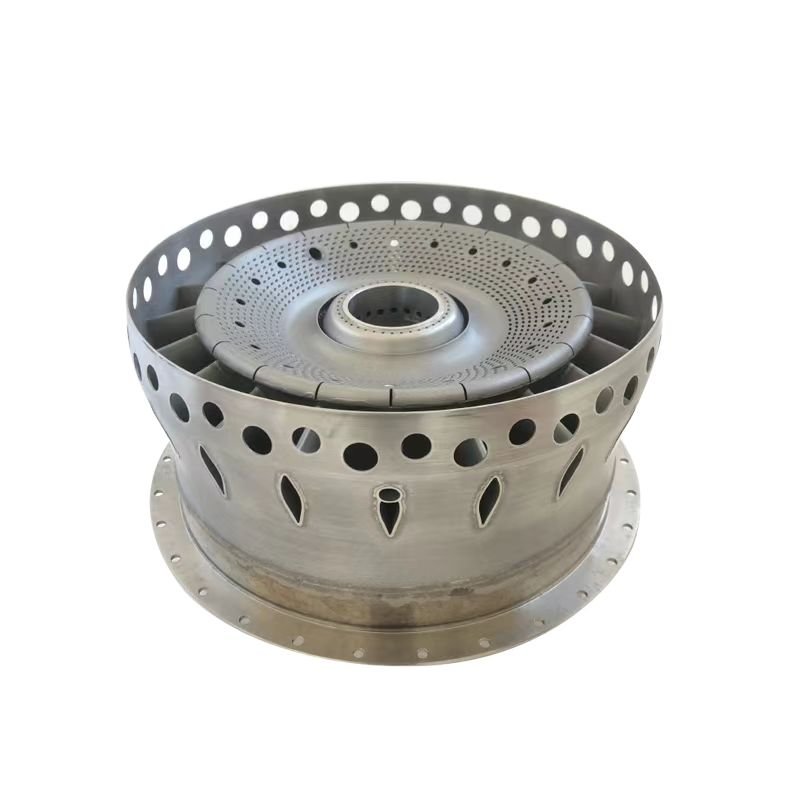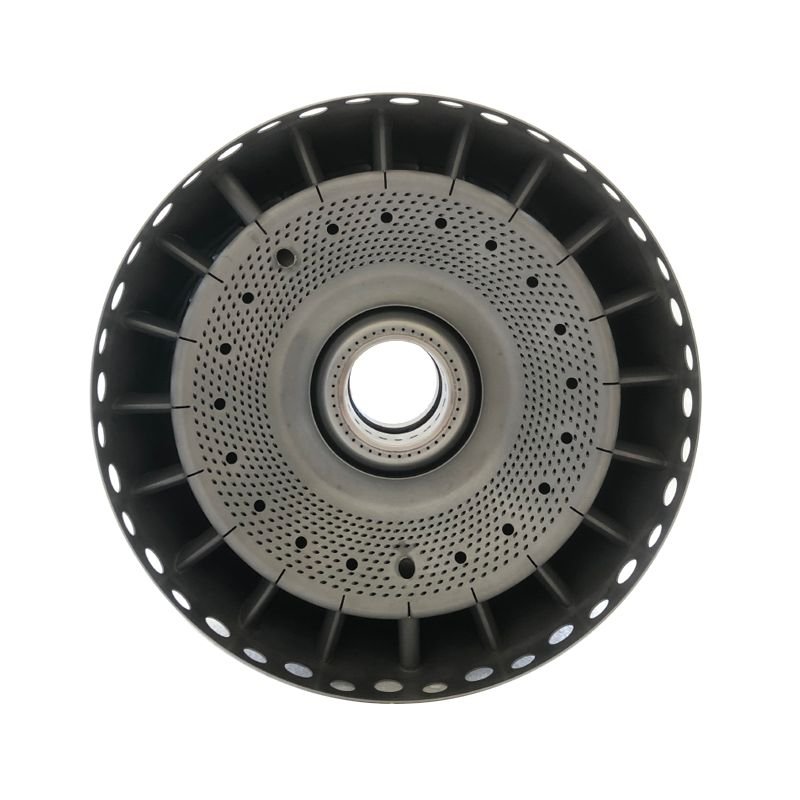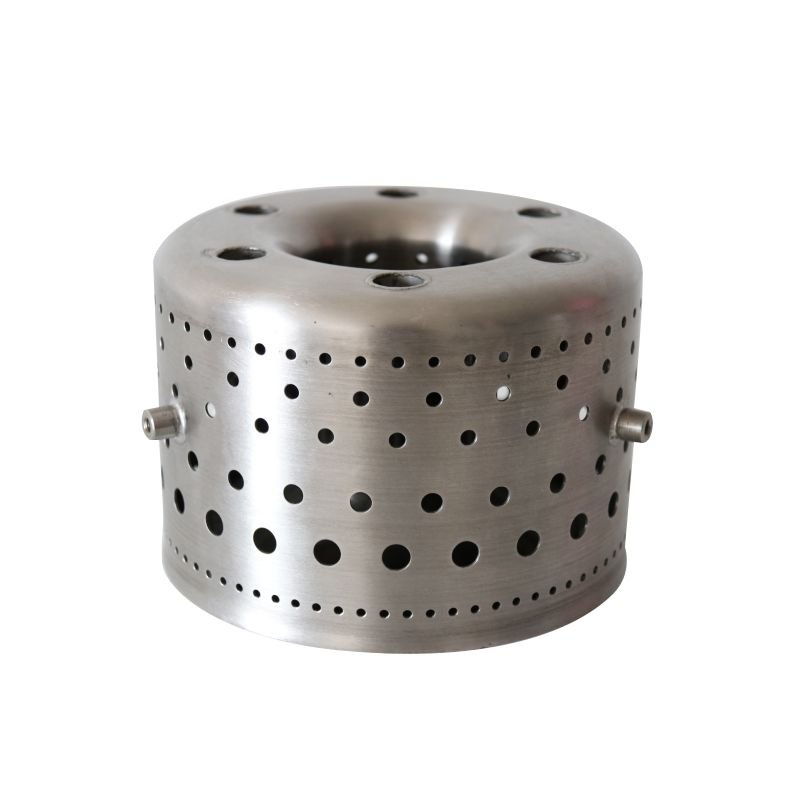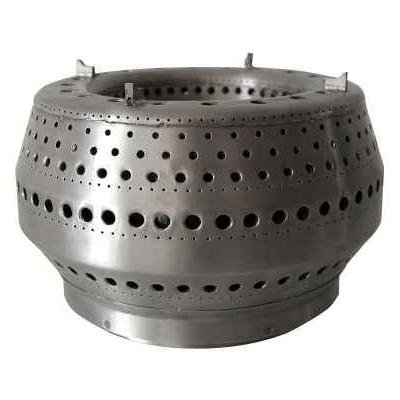The combustion chamber in the turbine accessories is a crucial component.
The main function of the combustion chamber is to fully mix the fuel and air and burn them to produce high-temperature and high-pressure gas to drive the turbine to rotate and generate power.









The inner wall of the combustion chamber is usually made of high-temperature alloys or other high-temperature resistant materials to withstand the action of high-temperature combustion gases.
The nozzle system is used to inject fuel and air and ensure that they are evenly mixed.
The combustion chamber requires an ignition system to ignite the mixed gas and start the combustion process.
The combustion chamber is usually designed with cooling structures, such as cooling channels, cooling nozzles, etc., to cool the inner wall of the combustion chamber to prevent overheating.
The operating temperature of the turbine combustion chamber is usually very high, generally reaching 1000℃ or even higher.
The specific operating temperature varies depending on the application scenario, turbine model and design requirements. For example, in aircraft engines, advanced turbine combustion chambers may have to withstand temperatures exceeding 1500℃; while in turbines for some industrial applications, the temperature may be relatively low, but it is usually above 1000℃.
In order to cope with such high temperatures, the combustion chamber is usually made of special high-temperature resistant materials, and there will be corresponding cooling designs to maximize its service life and ensure performance.
facing extremely high temperature and pressure, which is the basic condition for its normal working state.
There is fast-flowing air and combustion gas inside.
some corrosive chemicals may be produced during the combustion of fuel.
due to the operation of the turbine, it will be subject to a certain degree of vibration and mechanical shock.
usually installed in a relatively compact space.
continuously bear large power and energy loads.
Aerospace: In aircraft engines, it provides powerful power for aircraft and ensures flight performance.
Gas turbine: It is used for large gas turbine equipment such as power generation and industrial drive to meet energy needs.
Ship power: It provides propulsion power for ships and ensures the navigation ability of ships.
Energy industry: It may also be used in some distributed energy systems or special energy projects.
High strength and durability
Excellent fatigue performance
Complex shape manufacturing capability
Material diversity